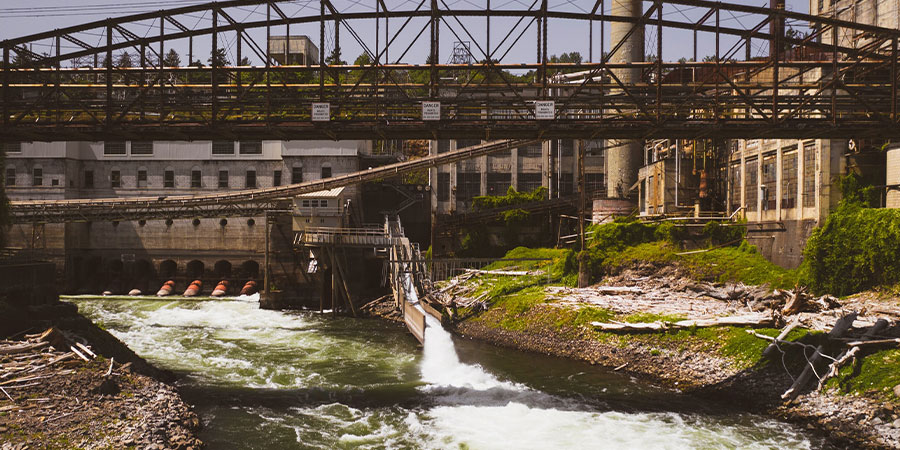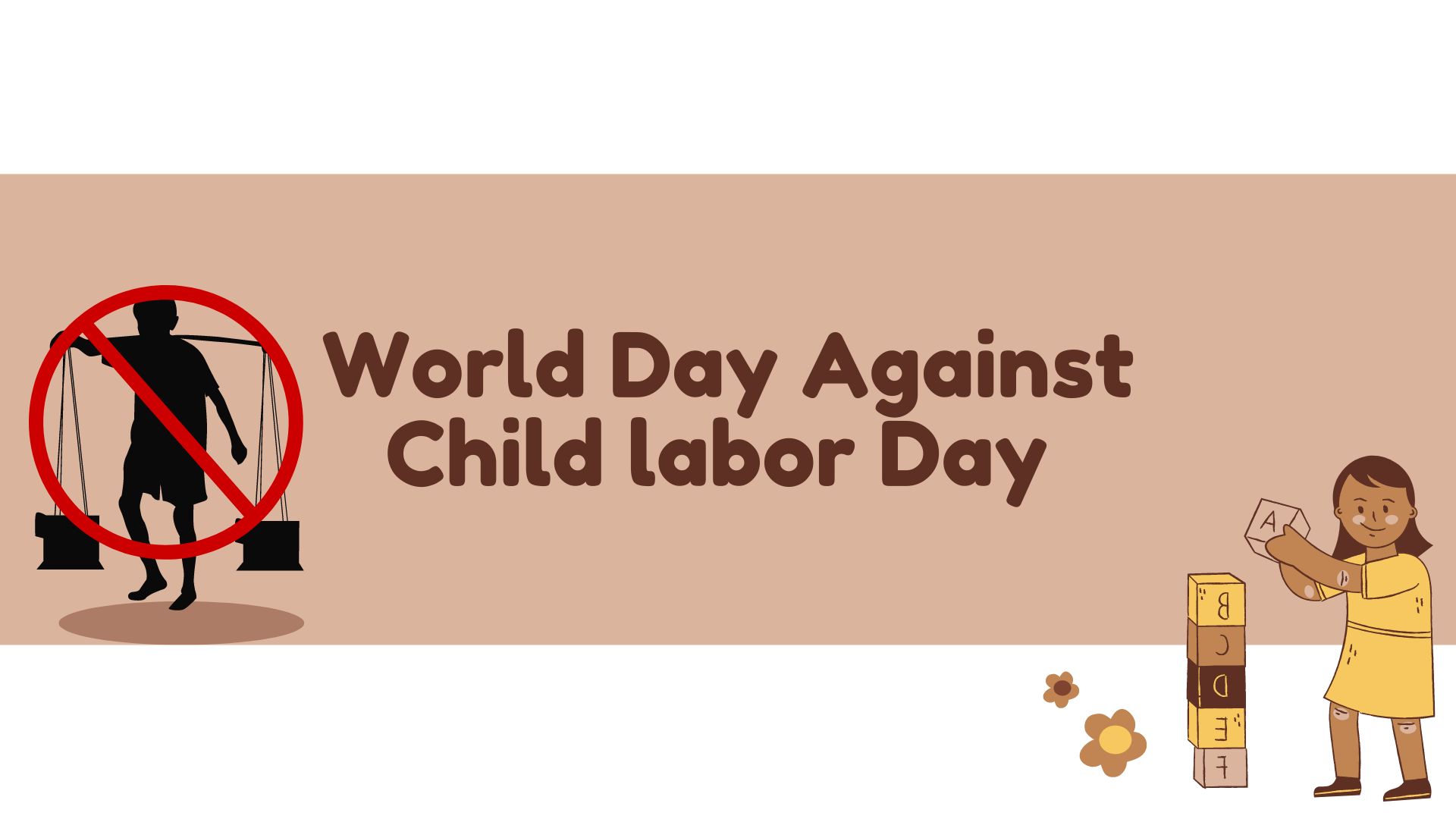Recent scourge of COVID-19 has strengthened the need for increasing global cooperation and crowding in private efforts for shaping a resilient, low carbon, resource efficient and prosperous pathway for our shared future.
Recent scourge of COVID-19 has strengthened the need for increasing global cooperation and crowding in private efforts for shaping a resilient, low carbon, resource efficient and prosperous pathway for our shared future. As countries overcoming the current wave look to stimulate their shaken economies by increasing public infrastructure spending, the private sector must also utilize this opportunity to accelerate measures for achieving resiliency in their everyday operations from future shocks and stresses. One sure way to do that is by safeguarding their water use against climate induced water insecurity – which is imminent in our near future.
World Economic Forum’s Global Risk Reports (GRR), purportedly one of the key source of knowledge-shaping global narratives on perceptible social and economic risks, has consistently rated water crisis amongst the top 10 risks both in terms of impact and likelihood2. However, it has often been discounted that the other top risks are also related to water. Take the case of top scorer in the 2019 edition of GRR: extreme weather events, failure of climate change mitigation and adaption, and natural disasters. But what is extreme weather, other than a direct consequence of our failure in preventing and/or mitigating extreme climate change and environmental disasters?
As evidence points out, for example, 90 percent of the most extreme disasters that had occurred since 1990s are water-related3. And, from 1995-2015, flood and drought accounted for 43% and 5%, respectively, of all documented natural disasters affecting 3.4 billion people worldwide4. Moreover, it can be argued that 9 of the top 10 risks are related to water: be it ‘involuntary migration’ – following extreme water related event such as droughts and floods”; ‘interstate conflicts’– caused over disputes around water sharing and allocation; ‘man-made disasters’ – originating in poor water management practices and ill-equipped water institutions; etcetera. Hence, the message is firm: Manage Water to Manage Risks.
Though water is fast acquiring its own identity amongst risks managers, it has to be also understood that efforts to resolve issues around carbon emissions, or for that matter any other resources management approach, should not be directly applied to solve water related issues: Simply because, water is unique (see box 1). Whereas consensus has been established over the need for integrating climate risk analytics while planning for and prioritizing strategies for safeguarding industrial complex against the incipient threats of changing climate, water has yet not featured prominently in the boardroom discussions of industrialists and businessmen with the kind of impetus it requires for establishing ‘comprehensiveness’ in their portfolio of business-related solutions to further industrial growth. For example, a 2012 study by Federation of Indian Chambers of Commerce and Industry (FICCI), in collaboration with the Columbia University Water Centre (CWC), published a macro-level overview of industry perspective on risks associated with water. While some of the results were encouraging to note, the analysis alluded to “a lack of awareness” on critical matters amongst industry members1. Study presents that, as an example, while 83% of respondents observed inadequate availability of water as a potential risk; the observed scores on the severity of risks were low for key indicators which can contribute to this risk of limited availability of water for industrial use. These indicators were ‘environment changes’ , ‘increased competition from other sectors’, and ‘regulatory policies’.
Box 1: Water: Don’t Miss it, Otherwise You Risk It (Courtesy: National Water Mission)
- Water is capricious across time and space. It flows and does so unpredictably.
- Managing water requires coming to grips with the seemingly contradictory goals of economic efficiency and human rights to water.
- Water is renewable, but its availability is controlled by legal systems of rights and adequacy of physical infrastructures.
- Water is non-substitutable. While carbon may be replaced by ethanol, water alone can quench parched fields, machines and throats.
Current reality of water risks to businesses
As estimates evince, industrial water demand will quadruple between 2005 and 2030, putting further strain on the already over- allocated water resources of the country. For industries alone contribute ~30% to GDP, and provides employment to an equally larger share of population, it is therefore critical for industrialists to recognize that, as competition for water increases across sectors, and as water scarcity issues frustrates efforts for securing basin wide integrity, they will be the last in priority for receiving water supply – only after the needs of domestic and agriculture users are satisfied in their respective basins. The competition will only aggravate when the ecosystems’ need for water will be factored in while allocating water resources in the basin.
On a closer inspection, the day is in-fact not far in the future when water challenges will assume there full scope and scale in threatening our collective existence on this planet. As per WWF’s Freshwater Index, 70% of freshwater biodiversity is already lost between 1970 and 20085. Further, 14 of the 20 river basins of the country are already reported over-exploited, measured in terms of flow regime alterations and catchment degradation6. Moreover, as we continue to see per capita water availability dwindling below scarcity levels, we must not forget that millions are still left without access to improved sanitation and water supply provisions.
Many industrial sectors have already experienced physical, reputational, regulatory and/or a combination of these risks owing to prevalent water issues. The thermal power sector, for example, contributes 67% to the total energy pool in India7. However, 70% of the installed power stations are located in water scarce or stressed region owing to which they are already feeling the pinch in observing their daily operational imperatives8. Moreover, water scarcity has already caused14 of India’s 20 largest thermal utilities to shutdown at least once between 2013 and 2016, putting a total financial toll to the tune of USD 1.4 billion9. And, as per the 12th plan estimates, while coal based thermal plants will contribute 78% of the 88,500 MW planned capacity addition, it is learned that 79% of this new capacity will be introduced in areas already water scarce or stressed. Accordingly, as the energy demands continue to soar up and our dependency continue to hinge around thermal utilities for meeting these increasing energy demands, prolonged neglect on businesses’ part to account for water related risks in their operational and strategic risk management portfolio may not auger well for the country as a whole.
Though the nature of risks, exposure and vulnerability, furthermore, are asymmetrically distributed across various industrial sectors in India, it can be said that, similar to thermal utilities, other sectors will also have to start looking into their business risks to water and develop bespoke strategies that leaves room for adaptation to changing circumstances. Moreover, those industries which use water as a direct raw material, viz. beverages, food, etcetera, will have to shoulder greater responsibility to mitigate water related risks. For example, while water intensive pulp and paper industry in India consumes much more water than the global best10: around 15,000 – 20,000 litres of water is used to produce 1 kg of cotton fabric in India, as compared to 6000 litres/kg for cotton in China. Clearly these figures are not encouraging given the increasing competitions and concerns over water resources distribution across time and space.
While COVID-19 has been taxing on many fronts, it has also provided us with a lesson to build back a better economy that is predicated upon trust, dialogue, cooperation and efficient use of resource. Time is ripe, therefore, for leaders in Industry and government to join hands and rope in measures that can nudge Indian businesses to adopt right mix of practices for increasing their water use efficiency. As survey shows, Indian businesses are still at the beginner level or below in their water stewardship journey11. Further, a preliminary analysis of the latest CDP Global Water Disclosure Report (2018) reveals that 27 of the 35 companies reporting their water-related performance did not even provide sufficient information to secure a minimum passing score of ‘D’12. Thus, as business perception around water risks remains fragmented and their efforts are feeble, it will be prudent to launch a nationwide campaign in this regard.
Although efforts are now being directed with respect to promoting efficient water usage among various sectors of economy, such as water auditing and zero liquid discharge practices, these measures must be accompanied by a recognition that water use efficiency is not something limited to the facility-level operational concerns of the businesses alone, but rather encompasses the entire dynamics of water use and management which spreads across the basin and covers the entire supply chain.
But why should businesses be concerned about water management beyond their facility level? Why share responsibility with communities, governments and other private actors across the geographies of river basins in India?
Business case for shared risks management
As already established through box 1, water exhibits the properties of a common pool resource, viz. it flows across borders, is non-excludable and, preeminently, is rivalrous. As water scarcity is expected to worsen, furthermore, the rivalry across sectors and geographies are only going to get exacerbated. India’s increasingly connected hydro-geography is already posing a challenge for maintaining cooperation amongst states over water sharing and allocation- as evidenced through number of interstate water disputes across the country. While businesses will certainly be most vulnerable at times of crisis owing to being given last priority in the basin for water allocation, dereliction on their behalf to efficiently manage their water use and wastewater discharge will also, in turn, debilitate the water security of community and ecosystem who are dependent on the basin for water availability. Many of the regulatory risks that businesses have faced, comes from this idea of shared risk wherein public perception around their water management practices had suffered leading to conflicts, and supplications in public courts by locals communities.
In view of the latter, businesses will have to understand the interconnectedness of their water risks across the supply chain, especially in case of those businesses relying heavily on agriculture sector for their input raw materials, and recognize therefore that facility-level solutions catering to water efficiency and/or conservation will not quarantine them from risks that permeates the factory gates13.
A recognition of shared risk paradigm is even more prescient in the era of globalization with free movements of goods which, as a consequence, has created a ‘virtual’ water trade. With countries increasingly becoming dependent on each other for sourcing key commodities, they also become more vulnerable to ecological or social problems in other countries14. For example, FAO Sugar Price Index for 2007-2008 evinced that weak monsoon in India had reduced sugar crops production by 45%, which in turn, escalated sugar prices globally to a 28 year high by 31st August 200915. While this expounds the nature of global commodity volatility, it establishes as a corollary that no business is protected just by having their legal license to operate and internal facility-level water management policies sorted out, as long as their operations are exposed to basins which are ecologically or socially vulnerable. Many of the retail businesses and larger MNCs are already experiencing this dimension of risks, for example, in the form of fraying costumer reputation emanating from a negative public perception around the water management practices of actors occupying key nodes in their trans-geographical supply chains.
As this idea of embedded water (virtual water) gains traction, and more and more countries subsequently decides to impose trade restrictions, businesses will be left facing grave challenges in sustaining their bottom line interests. Any discourse around corporate water risks will have to be, accordingly, rooted in the understanding that businesses’ water uses and related impacts spread beyond the facility level and spills across the basin. The need is, therefore, for companies to elevate water resources management above the present constructs of corporate social responsibilities, and, following this appreciation, should join hands with communities and government to manage this shared risk collaboratively and efficiently. In view of the foregoing, the Message is even firmer: Managing Water Risks is a Business Imperative.
References:
- Perveen, S. R. Senand M. Ghosh. (2012), India’s Deepening Water Crisis? Water Risks for Indian Industries: A Preliminary Study of 27 Industrial Sectors. Federation of Indian Chambers of Commerce and Industry, New Delhi .p.12.
- World Economic Forum (2019). The Global Risks Report. 14th World Economic Forum. Geneva.
- 9 of the 10 worst global risks are linked to water. Stockholm International Water Institute, Stockholm. Retrieved from: https://siwi.org/latest/9-of-the-10-worst-global-risks-are-linked- to-water/
- WWAP (UNESCO World Water Assessment Programme) 2019. The United Nations World Water Development Report 2019: Leaving No One Behind. Paris, UNESCO. p.15
- WWF, 2010. Tropical Freshwater Living PlanetIndex.
- HSBC,June2012,Exploringthelinksbetweenwaterandeconomicgrowth.
- Anon2012,Powerscenarioataglance,CentralElectricityAuthority.
- WaterResourcesInstitute,2010,FinancialRisksfromWaterConstraintsonPowerGenerationin Asia.
- https://wri.org/blog/2019/01/40-indias-thermal-power-plants-are-water-scarce-areas- threatening-shutdowns
- CSE,2004,WaterandPollutionStress–GreenratingsofIndianpulpandpaperindustry.
- WWF,2013,WaterStewardshipforIndustries:TheNeedforaParadigmShiftinIndia.
- CDPGlobalWaterReport2018.
- WWF,2013.
- Lloyd’s3600GlobalWaterScarcity:risksandchallengesforbusiness.
- Thestateoffoodandsecurityintheworld.FoodandAgricultureOrganization.













































































































